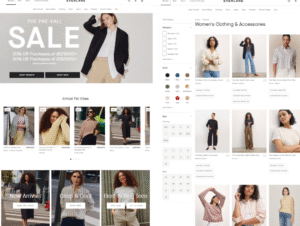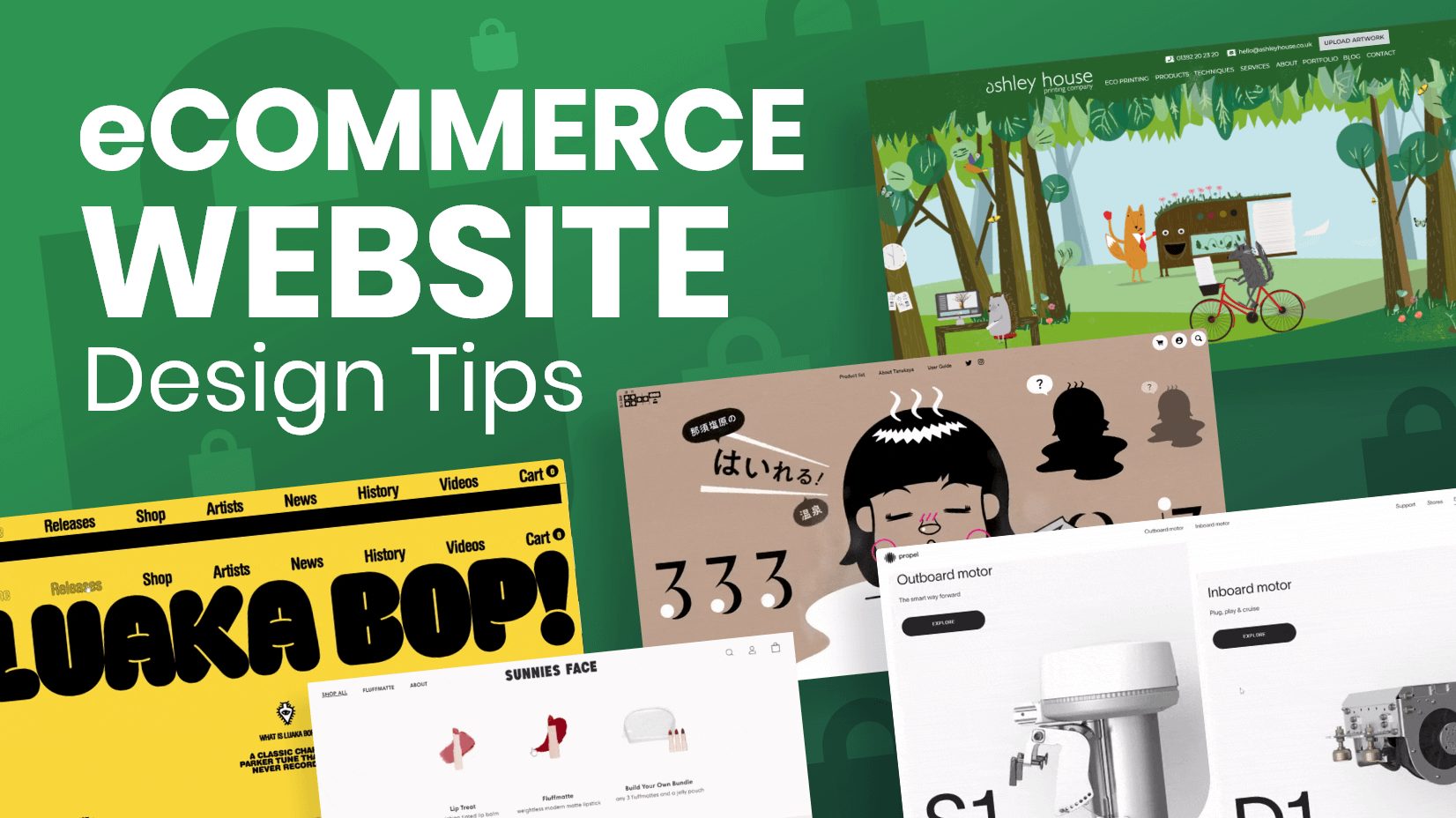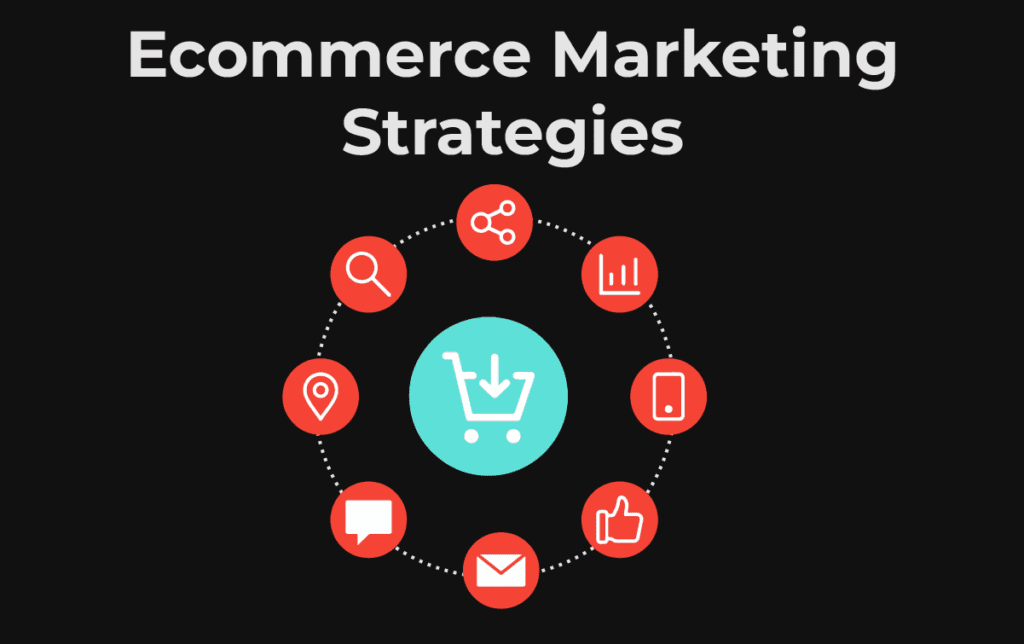20 Essential Ecommerce Website Design Tips to Boost Sales in 2025
In the fast-paced world of online shopping, your website design can make or break your business. A well-designed ecommerce site doesn’t just look good—it builds trust, enhances user experience, and drives conversions. Whether you’re launching a new store or revamping an existing one, applying the right ecommerce website design tips can significantly improve your performance.
This guide breaks down the best practices in ecommerce design to help you stand out in a competitive marketplace. These tips focus on usability, aesthetics, speed, mobile responsiveness, and, most importantly—customer trust.
Let’s dive into the top ecommerce website design tips you need to implement in 2025.

1. Keep It Clean and Simple
Clutter is the enemy of conversion. The more distractions on your site, the harder it becomes for visitors to make purchasing decisions.
Tip: Use whitespace effectively. Keep layouts minimal and focus on what matters most—your products, a clear navigation structure, and calls-to-action (CTAs). Simplicity improves usability and reduces bounce rates.
2. Prioritize Mobile-First Design
Over 60% of online shopping now happens on mobile devices. If your ecommerce store isn’t optimized for smartphones, you’re losing traffic and sales.
Tip: Start with a mobile-first approach when designing your website. Make sure all features, images, and menus scale well on smaller screens. Fast load times and intuitive touch navigation are a must.
3. Use High-Quality Product Images
Visuals are everything in ecommerce. High-resolution product images from multiple angles help users understand what they’re buying.
Tip: Include zoom features and videos where possible. Lifestyle images—photos of the product in use—can help build an emotional connection and boost conversions.
Among all ecommerce website design tips, this one can immediately impact how credible your store feels.
4. Optimize Loading Speed
Every second counts. Studies show that if your website takes more than 3 seconds to load, many visitors will leave.
Tip: Compress images, enable lazy loading, use a content delivery network (CDN), and choose fast, reliable hosting. Page speed is also a key ranking factor for SEO.
5. Design a Seamless Navigation Structure
Visitors should be able to find what they’re looking for within three clicks. If they get lost or frustrated, they’ll leave.
Tip: Create a clear, hierarchical menu structure. Include breadcrumbs, filters, and search functionality to enhance usability. Sticky menus and category dropdowns improve experience on both desktop and mobile.
6. Use Clear and Compelling CTAs
Your CTA buttons—like “Add to Cart” or “Buy Now”—should stand out visually and guide the customer toward taking action.
Tip: Use contrasting colors for buttons and keep the language action-oriented. Test different placements and phrases to see what works best. Strong CTAs are one of the most impactful ecommerce website design tips you can apply.
7. Focus on a Smooth Checkout Process
Cart abandonment is often caused by complicated or slow checkouts. A simplified checkout process can drastically improve your conversion rate.
Tip: Allow guest checkout, minimize form fields, and clearly show progress. Offer multiple payment options like credit cards, PayPal, Apple Pay, and Buy Now Pay Later (BNPL).
8. Build Trust With User Reviews and Testimonials
New customers are more likely to purchase if they see that others trust your brand.
Tip: Integrate product reviews and star ratings on your product pages. Add customer testimonials and trust badges (like SSL security, free returns, and secure payments) throughout your site.
This is one of the most overlooked ecommerce website design tips that can increase credibility fast.
9. Leverage Smart Search and Filtering
When customers can’t find what they’re looking for, they leave. Smart search helps them get to the right product faster.
Tip: Include auto-complete search suggestions, filters by price/size/color/rating, and “sort by” options. A fast, intelligent search function enhances the user experience and keeps visitors engaged.
10. Feature Best Sellers and Personalized Recommendations
Highlighting popular products or AI-based recommendations can guide users toward purchases they’re likely to enjoy.
Tip: Use sections like “Best Sellers,” “Customers Also Bought,” or “Trending Now.” Personalized design not only drives conversions but improves engagement.
11. Optimize Your Website for SEO
An ecommerce website is only valuable if people can find it. SEO should be built into your design from the ground up.
Tip: Use proper heading structures (H1-H3), optimize images with alt tags, and create keyword-rich product descriptions. Clean URLs and internal linking also help with crawlability.
Among all ecommerce website design tips, this one directly affects how much organic traffic you attract.
12. Maintain Visual Consistency Across Pages
Inconsistent design creates friction and reduces trust. A cohesive look and feel makes your brand more memorable.
Tip: Stick to a consistent color palette, font style, and button design throughout your website. Use design templates to maintain uniformity across pages.
13. Highlight Your Unique Selling Proposition (USP)
What sets your store apart? Shout it from the homepage.
Tip: Display your USP prominently—whether it’s free shipping, eco-friendly packaging, or 24/7 customer support. Reinforce it throughout the user journey, especially during checkout.
14. Include Live Chat Support
Sometimes, customers just need a little reassurance. Offering real-time support can help them overcome objections and complete a purchase.
Tip: Add a live chat widget that’s easily accessible but not intrusive. Consider using AI chatbots during off-hours to answer common questions.
15. Make Product Descriptions Detailed Yet Scannable
Great product pages balance rich content with readability. Customers need both emotional and logical reasons to buy.
Tip: Use bullet points for key features, break text into short paragraphs, and include size charts, material info, and usage instructions. A well-written product page is a powerful sales tool.
16. Show Scarcity and Urgency
FOMO (Fear of Missing Out) is a psychological driver you can tap into to increase conversions.
Tip: Use phrases like “Only 3 Left in Stock” or “Sale Ends in 2 Hours.” Countdown timers, limited-time offers, and real-time purchase notifications can nudge customers to act faster.
17. Ensure Accessibility Compliance
Accessibility isn’t just good for inclusivity—it can boost your SEO and user retention.
Tip: Use readable fonts, proper contrast ratios, alt text for all images, and keyboard-friendly navigation. Following WCAG guidelines ensures your store is accessible to all.
Accessibility is one of the most underrated ecommerce website design tips—yet increasingly vital in 2025.
18. Create a User-Friendly Return Policy Page
A transparent, customer-centric return policy builds confidence.
Tip: Make the policy easy to find and read. Use plain language and offer step-by-step instructions. Highlight any free return options or extended time frames.
19. Add a Blog Section to Build Authority
Blogging is an excellent way to drive organic traffic and position your brand as a thought leader in your niche.
Tip: Share guides, product comparisons, industry news, and how-to posts that align with your customers’ interests. Link internally to your product pages for seamless navigation.
Among all ecommerce website design tips, integrating a blog supports long-term SEO growth.
20. Use A/B Testing to Continuously Improve
Your website should never be “finished.” Testing helps you learn what works best for your specific audience.
Tip: Run A/B tests on homepage banners, CTAs, product page layouts, and checkout flows. Use tools like Google Optimize, VWO, or Optimizely to gather data and make informed design decisions.
Final Thoughts: Putting These Ecommerce Website Design Tips Into Action
Designing a successful ecommerce store requires more than aesthetics—it’s about usability, trust, speed, and strategy. By applying these ecommerce website design tips, you can dramatically improve your site’s performance, customer experience, and conversion rates.
Here’s a quick summary of what we covered:
-
Prioritize mobile-first, clean, and fast-loading designs.
-
Focus on usability: easy navigation, smart search, and simplified checkout.
-
Use visuals, trust signals, and content to connect with your audience.
-
Always optimize for SEO and run A/B tests to refine performance.
Your ecommerce store is the heart of your online business. Invest in its design, and the returns will speak for themselves.
Now that you’ve got these 20 ecommerce website design tips in your toolkit, it’s time to apply them and watch your site grow.



